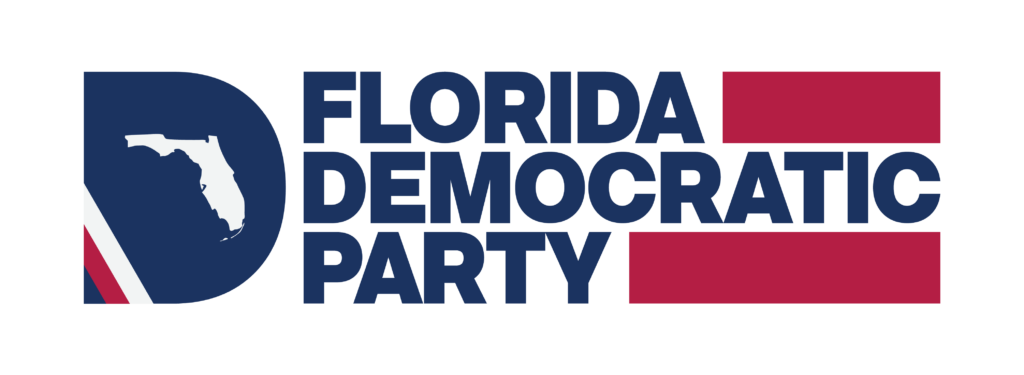Under Scott’s Tea Party agenda, Florida’s families have been railroaded once again. A new state report revels that the high-speed rail project Scott rejected would have netted a multi-million dollar surplus for Florida — in addition to creating over 26,000 jobs. More proof that Scott’s extreme agenda is hurting Florida’s economy and moving our state in the wrong direction.
Tampa Tribune: High-speed rail would have been profitable, state report says
TAMPA —
The high-speed rail project that Gov. Rick Scott doomed last February by turning down more than $2 billion in federal money would have made an annual surplus of $31 million to $45 million within a decade of operation, according to a state report.
The Florida Department of Transportation sent the report to the Federal Railroad Administration in November. The Tampa Tribune obtained the document after a lengthy public records request.
The heart of the report is an analysis by two consulting firms of projected ridership, costs and the resulting surplus – or loss. If the project to link Tampa and Orlando would have gone forward, the research would have been used in determining an investment grade for bond sales.
According to data from both consulting firms hired by the state, the project, which would have given Florida the nation’s first high-speed rail line, would have been a fiscally sound decision.
The firm of Steer, Davis, Gleave projected Tampa-Orlando ridership of 2.5 million and a $9.1 million deficit in 2016, the first year of operation. By 2026, though, the high-speed rail would be carrying nearly 5 million passengers a year and generate an annual surplus of $31.1 million, according to the firm.
The projection by Wilbur Smith Associates was even rosier. The firm estimated 3.6 million riders in 2016, producing a $17.6 million operating surplus. By 2026, Florida’s high-speed rail would carry more than 5 million riders and produce a $44.8 million surplus, according to its analysis.
The state used the information from the two consultants to come up with a midrange estimate: 3 million passengers and $4.3 million surplus in the first year, and a ridership of nearly 5 million and an annual surplus of $38 million by 2026.
The initial stage of the project would have been the Tampa-to-Orlando route. An Orlando-to-Miami route was envisioned as a second phase, but because those plans had no dedicated funding, the consultants did not include that route in their study.
If they had, the surpluses would have been larger, the report says.
“Ridership and revenue for the (proposed second phase) Orlando-Miami corridor would be expected to be substantially higher and produce large operating surpluses,” the state report said.
A Scott spokesman last week said the governor stands by his decision to turn down the federal offer to pay $2.4 billion of the projects estimated $2.65 billion cost. The governor’s office has said Scott was “verbally briefed” on highlights of the study before it was completed.
“The governor thoroughly explored all of the issues surrounding High-Speed Rail, especially ways to lessen the financial risk to Florida, but he ultimately reached the same conclusion that California is now reaching – that the concept just isn’t going to be able to pay for itself,” Scott’s communication director Brian Burgess said in an email.
When making his decision a year ago, Scott relied heavily on a January 2011 Reason Foundation policy brief, whose project director Robert Poole Jr. served on Scott’s gubernatorial transition team.
Using comparisons with overseas high-speed rail projects and one envisioned for California, the report by the libertarian group said it was likely the project would cost significantly more to build than estimated and that the state could be on the hook for significant operating subsidies for years.
The state report noted that, “Concerns have been expressed about the possible capital cost overruns from the project that could obligate Florida taxpayers as well as concerns about ridership and revenue projections that historically are overly optimistic.”
That reference clearly is directed toward the governor’s publicly stated skepticism toward the project, though Scott is not mentioned by name in the executive summary.
The report said private-sector interest in high-speed rail had been substantial. Up to eight consortiums were anticipated to bid on the project, representing most of the world’s existing high-speed rail systems, including China, Japan, South Korea, France, Germany and Spain.
“Several teams had expressed willingness to absorb ridership risk and invest in the system,” the report said.
Ross Capon, president and chief executive of the National Association of Railroad Passengers, which favors high-speed rail, said large transportation projects, such as new highways, often have “issues” like cost overruns.
The projects often are “steamrollered through” by governments because major infrastructure work usually pays for itself through time, he said.
Such government resolve has not yet shown up when it comes to high-speed rail, he said.
“It’s less likely with rail because so many people are eager for various reasons to attack any rail plan that actually appears close to implementation,” Capon said.
Some of the federal money for high-speed rail that had been offered to Florida instead went to California. Price estimates for that project have consistently risen over early estimates, which Scott says shows he was right to turn down the money.
Capon argues Florida’s situation is different from California, which he said has complex issues of what routes to take and build first. Florida’s plan of Tampa to Orlando, then Orlando to Miami, followed straight paths on level terrain with some segments on Interstate right-of-way paid for and set aside for rail.
Florida’s final report shows the state closed out its project by preparing an electronic archive with 85,000 files and other information that could be preserved for future use.
But the once-ambitious Obama administration plan for multiple high-speed rail projects nationwide has largely disappeared – save for the ongoing political and planning battle for a California system. The fiscal 2012 federal budget has no high-speed rail funding and the five-year, $260 billion transportation plan U.S. House Republicans unveiled in late January dropped further development of high-speed rail.
What’s been lost, Capon said, is Florida’s opportunity to raise its economic development image worldwide, along with an alternative transportation system for the state.




